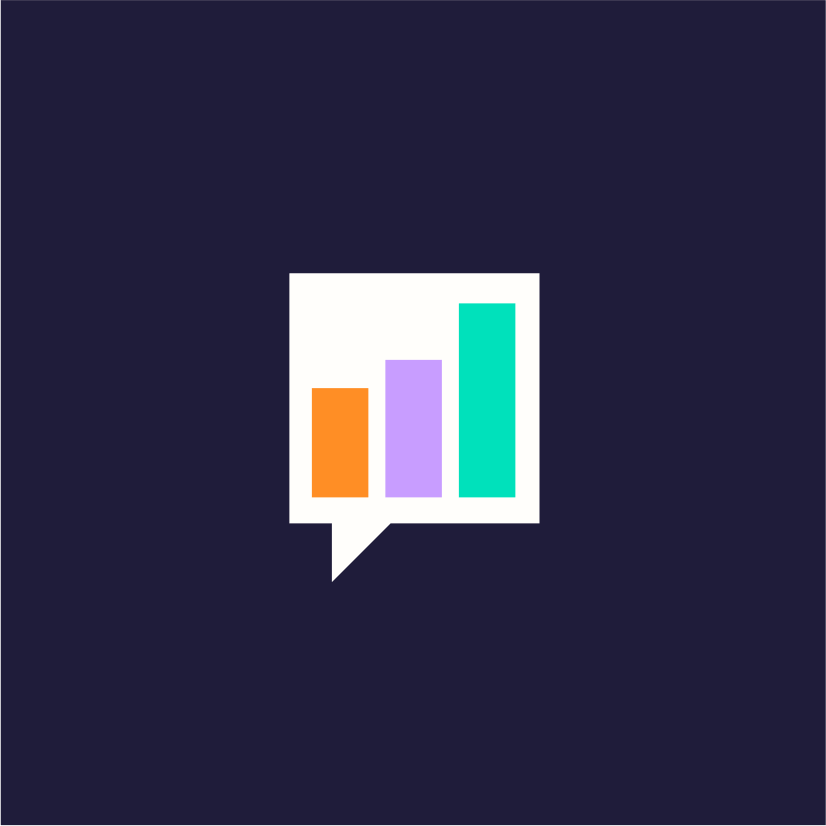Last week, we ran the first webinar in our Marketing Your Library series, focusing on how to raise the profile of the library in student workflows. The webinar brought together marketing experts and librarians to discuss innovative strategies for raising the profile of libraries and improve student uptake of library resources. The session covered the current digital landscape, student needs, and effective marketing tactics.
In case you missed the webinar, you can catch up below:
Understanding the Digital Landscape
Fiona, Head of Brand Marketing at Technology from Sage, discussed the evolving role of librarians in the digital age. She highlighted key findings from the Librarian Futures reports, which reveal a disconnect between what libraries offer and what students perceive. Despite the abundance of online information, librarians remain crucial for guiding students through misinformation and digital literacy challenges. Key Findings included:
- Only 33% of students considered the library’s provision of resources and tools as a major support to their academic needs, compared to 93% of librarians.
- Librarians are used ‘Often’ by a smaller proportion of patrons than other sources of information such as peers, news and media and faculty. The same proportion of students use the librarian ‘often’ as do Wikipedia.
- 78% of faculty and 51% of students favor regular email comms from the library over other communication types.
- 60% of students said they would rather hear from the library only ‘when and where they need it’
- 74% of students start their discovery process outside the library.
- Online activity of students will vary greatly depending on age, and 53% of GenZers say they feel more comfortable communicating online than in person.
- In the State of Library Marketing 2024 report, the most important library marketing goal was driving users to the library.
Student Needs and Stress Levels
Talia, Vice President of Marketing at Springshare, provided insights into the stress levels of students, particularly the 18-34 age group. She referenced the American Psychological Association’s Stress in America report, noting that students are overwhelmed by academic and personal pressures. Talia stressed the importance of understanding students’ holistic experiences and the need for libraries to offer timely, relevant support.
- 18-34 year olds, the typical student population, are the most stressed group in the US.
- Students are overwhelmed and confused, and they crave guidance.
- Streamlining the delivery of resources and support to students is essential.
Effective Marketing Strategies
Robin, Associate Professor and Associate Director at the University of Tennessee Press, shared practical examples of successful library marketing campaigns from her time as Head of Library Marketing. She emphasized the importance of meeting students where they are, whether through social media, newsletters, or campus events. Robin also highlighted creative initiatives and engaging videos that resonate with the student community.
Leveraging Technology for Better Outreach
The webinar showcased various tools and integrations that can enhance library visibility. Fiona discussed the use of Lean Library to inject library services into students’ workflows, while Talia highlighted the benefits of integrating LibGuides and LibChat with Lean Library. These tools help deliver library resources directly to students at their point of need, significantly increasing engagement. The webinar concluded with a roundtable discussion on the future of library marketing, with the panelists agreeing that libraries must focus on both content creation and effective distribution to remain relevant. By leveraging technology and understanding student needs, libraries can enhance their visibility and provide essential support in the digital age.
Key Takeaways
Understand the Digital Landscape: Librarians must adapt to the changing digital environment and address the disconnect between library services and student perceptions. Address Student Stress: Recognize the high stress levels among students and offer support that considers their holistic experiences. Innovative Marketing: Use creative and engaging marketing strategies to reach students where they are. Leverage Technology: Utilize tools like Lean Library and LibGuides to integrate library services into students’ workflows. Focus on Distribution: Ensure that library content is effectively distributed to maximize its impact.



